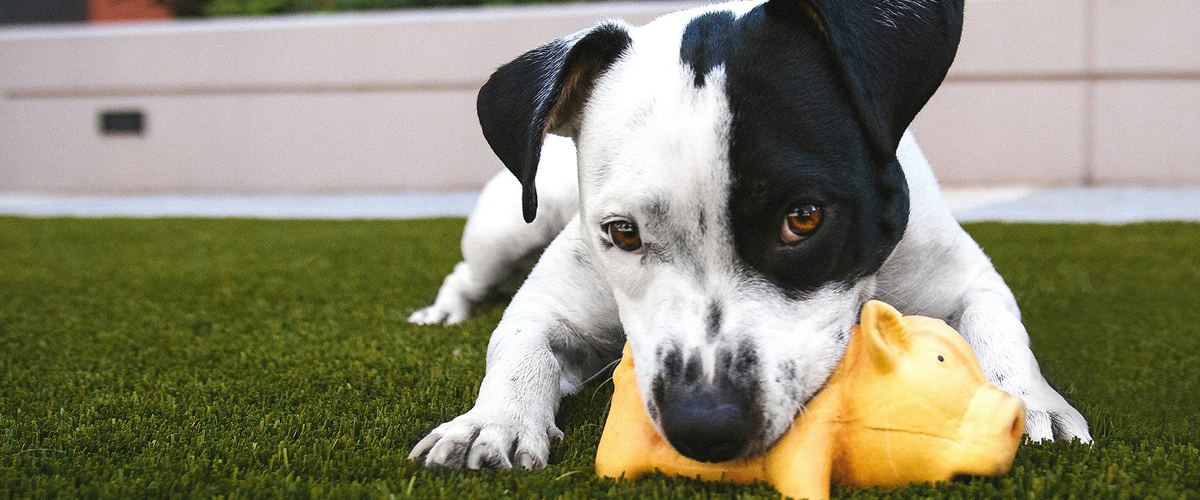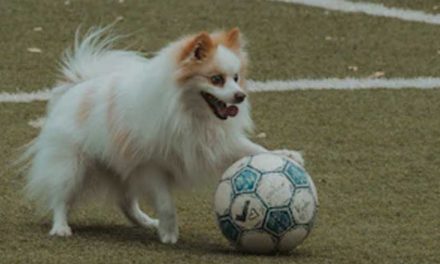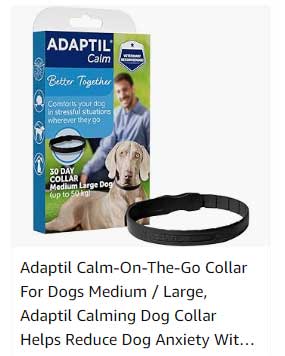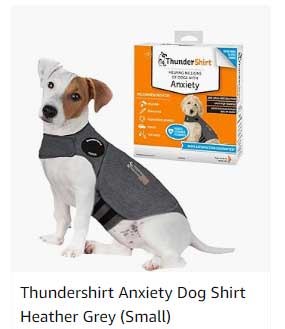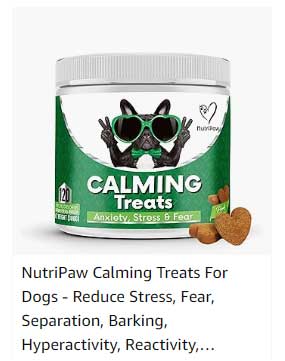Pet owners often encounter a blend of adorable and peculiar habits from their furry companions, but there are times when certain behaviors transcend quirky and become a concern. Compulsive behavior in dogs is one such realm of traits that might seem obsessive or odd but can signal underlying issues that require attention.
COMPULSIVE BEHAVIOUR
Understanding what constitutes compulsive behavior, its potential triggers, and how to manage it is pivotal for pet owners looking to support their dogs’ well-being. In this expansive guide, dog owners will explore the multifaceted world of canine compulsions to recognize, address, and ultimately help their pets overcome these challenges.
THE ENIGMA OF COMPULSIVE BEHAVIOR IN DOGS
Before we can address the complexities of compulsive behavior, it’s crucial to define what this term means for dogs. Compulsive behavior refers to actions that are repetitive, serve no apparent purpose, and often manifest as a response to stress, fear, or anxiety. These activities can become a dominant part of a dog’s life, significantly impacting their quality of life and the relationships they share with their human companions.
COMMON PATTERNS OF COMPULSION
Each dog may exhibit compulsive behaviors uniquely, but there are several common patterns owners can observe, including:
- Chasing shadows or lights
- Excessive tail chasing
- Licking or chewing on the same part of the body
- Paw licking
- Displacement activities like yawning, scratching, or stretching
DIVING INTO THE REASONS BEHIND CANINE COMPULSIONS
The reasons for compulsive behavior in dogs are as varied as the behaviors themselves. Here are some potential causes:
GENETIC PREDISPOSITIONS
Certain breeds are more prone to obsessive behavior due to their genetic makeup.
STRESS TRIGGERS
Environmental stressors such as changes in routine, loud noises, or being left alone for extended periods can prompt compulsive actions.
LACK OF STIMULATION
Boredom is a significant cause of compulsive behavior. Dogs with insufficient mental and physical stimulation may develop repetitive habits.
MEDICAL ISSUES
Underlying medical problems, including allergies, hormonal imbalances, or pain, could steer your dog toward compulsive actions as a coping mechanism.
TRAUMA AND EARLY DEVELOPMENT
Puppies that experience trauma or neglect during crucial developmental stages may develop compulsive behaviors that persist into adulthood.
UNPACKING SPECIFIC COMPULSIVE BEHAVIORS
Not all compulsions are created equal, and each can signify different triggers or underlying issues. Here, we’ll dissect some common dog compulsions and the potential meanings behind them.
SELF-MUTILATION AS A COMPULSIVE BEHAVIOR
Self-mutilation, such as excessive licking or biting at the skin, paws, or other parts of the body, can indicate various problems from allergies and skin conditions to emotional distress.
PACING AND CIRCLING BEHAVIORS
The incessant circling or pacing seen in some dogs can be a manifestation of anxious or stressed states, seeking a way to discharge their nervous energy.
ORAL DISPLACEMENT AND SELF-APPEASEMENT
Chewing on non-food items or themselves, like blankets or paws, serves as a self-appeasement behavior when the dog is dealing with anxiety or stress.
SEEKING RELIEF THROUGH SELF-APPEASEMENT DURING PAIN
Some dogs might develop a habit of licking a painful area as a form of self-medication, which paradoxically can lead to further injury.
COGNITIVE IMPAIRMENT AND CONFUSION
Elderly dogs with cognitive dysfunction syndrome (CDS) may exhibit repetitive behaviors as a result of confusion and disorientation.
MANAGING COMPULSIVE BEHAVIOR IN DOGS
Addressing compulsive behavior in dogs is a multi-faceted task that involves identifying and tackling the root cause, providing adequate training and management, and potentially seeking medical intervention.
HOME ENVIRONMENT ADJUSTMENTS
Creating a calm, consistent home environment can help lower overall stress levels. Establishing regular routines for feeding, exercise, and rest can also provide a better sense of predictability for your dog.
PHYSICAL AND MENTAL STIMULATION
Ensuring your pet receives sufficient physical exercise and mental stimulation is key to reducing boredom and preventing the development of compulsive behaviors.
THE ROLE OF TRAINING AND POSITIVE REINFORCEMENT
Redirecting your dog’s attention through training and rewarding positive behaviors can be an effective way to curb compulsive actions.
ENRICHMENT TECHNIQUES
Using food puzzles, interactive toys, and activities like hide and seek can engage your dog’s mind and body, warding off boredom and potential compulsive tendencies.
CANINE MASSAGE AND OTHER RELAXATION TECHNIQUES
Physical touch, including massage, may help relax your dog and provide a positive outlet for the energy that might otherwise fuel compulsive actions.
SEEKING VETERINARY ASSISTANCE
If you suspect an underlying medical issue or your dog’s compulsive behavior is severe, consulting with a veterinarian is essential. They can offer insight, perform necessary tests, and prescribe appropriate treatments.
WHEN TO SEEK PROFESSIONAL HELP FOR YOUR DOG’S COMPULSIONS
Not all cases of compulsive behavior can be addressed through simple environmental adjustments and re-direction. There are times when professional help is the best course of action for tackling this complex issue.
CANINE BEHAVIORISTS AND TRAINERS
Experienced behaviorists can help unravel the root cause of compulsive behavior and design a tailored training protocol to address the issue at its core.
MEDICATION AND BEHAVIORAL MODIFICATION
In some instances, a combination of medication and behavior modification techniques may be necessary to manage more severe cases of compulsive behavior.
SUPPORTIVE THERAPIES FOR DOGS
Supplementing traditional treatments with alternative therapies like acupuncture or holistic remedies can provide additional support in managing compulsive tendencies.
CONCLUDING THOUGHTS ON CANINE COMPULSIONS
Recognizing and addressing compulsive behaviors in dogs require patience, observation, and a willingness to explore the varied triggers and solutions that are specific to your pet’s needs. By taking a proactive approach and seeking the necessary support, you can help your dog live a healthier, more content life.
For pet owners, the path to managing compulsive behavior in their dogs is a commitment to understanding, compassion, and the enduring bond between human and canine. Remember, each dog is an individual, and by listening to their unique story, we can better guide them toward a happier and more secure existence, one step at a time.
Credit: Original Photo by Justin Veenema on Unsplash

